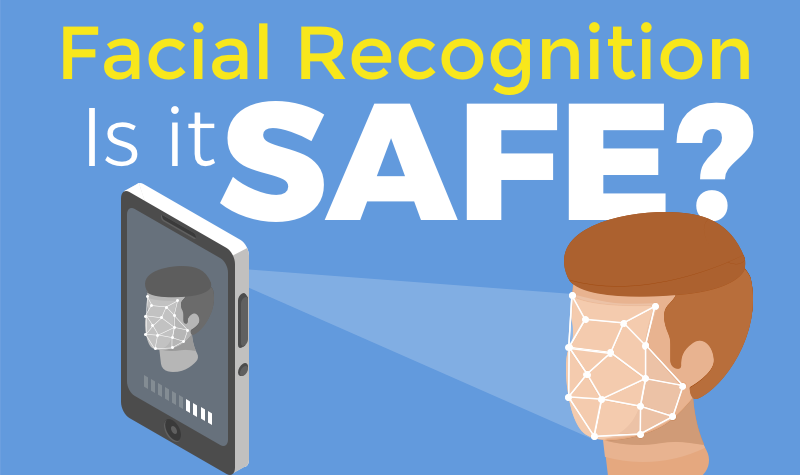
Over the past few years, computers have become incredibly good at recognizing faces and the technology is expanding for both surveillance and convenience. Face recognition might transform everything from policing to the way we interact with stores, banks, and transportation services. Powerful yes, but not uncontroversial. Should facial recognition become too powerful or be used by a radical regime, we could find ourselves living in a big-brother-scenario. Is this the time to start hiding at home? No, wait, we’d just be on the net all day or playing with our IoT devices and open to hackers or other evils.
What’s Facial Recognition?
A face recognition system is a computer app that can verify or identify a person from a video frame, video source, or digital image. One way to do this is by comparing selected facial features from the image to those captured in a face database.
Progress Over the Years
Since 1964 scientists have worked on using computers to recognize faces. Coordinates of a set of features (e.g. the inside corner of eyes) were extracted from photographs, which were then compared with mug shots by a computer for recognition purposes. Operators could process about 40 pictures an hour.
In 1966 the work was continued at the Stanford Research Institute with a database of over 2000 photographs. The computer consistently outperformed humans.
By 1997, leading software ZN-Face was used by customers such as Deutsche Bank, airport operators, and other hectic locations. The software could make IDs from less-than-perfect face views, basically “seeing” through ID obstructions like beards, altered hairstyles, and even sunglasses.
Today, new versions of deep learning — an AI technique that is particularly effective for image recognition — makes a computer zoom in on the facial features that will most reliably identify a person in seconds. Low-resolution facial images can also be enhanced using face hallucination.
Everyday Uses
- Facial recognition is typically used in security systems and can be equated with other biometrics such as fingerprint or eye iris recognition systems.
- Unlike the U.S., for example, China has a huge centralized database of ID card photos and local governments are using software from Chinese startup Face++ to ID suspected criminals in video from surveillance cameras. This is impressive, if a tad dystopian as the footage is not perfect and mug shots on file may be outdated.
- Last year, researchers from China sent waves around the net by claiming to have proven that criminality can be quite accurately predicted from facial features — assuming there is no bias in the criminal justice system. The con is that this type of “proof” could lead to unwarranted scrutiny of people who have done nothing wrong, or even worse, arrests of innocent people just because they look like a lot of people who have been through the criminal justice system.
- Another recent study shows that facial recognition AI (Artificial Intelligence) is more accurate than humans at detecting sexual orientation from pictures of people. The researchers used images from dating sites where people reveal their sexual orientation. Clearly this raises some serious ethical issues.
- There are developments in using face recognition as a security measure at ATMs instead of using a bank card or personal ID number; for emotion recognition from facial expressions (in 2016 Facebook acquired emotion detection startup FacioMetrics); as an alternative way to confirm employee attendance at work for the claimed hours; and to unlock software on mobile devices. An independently developed Android Marketplace app called Visidon Applock uses the phone’s built-in camera to take a picture of the user. Face recognition then ensures only this person can use certain secured apps.
- Face recognition and detection are integrated into the iPhoto app for Macintosh to help users organize and caption their collections.
- In September 2017, Apple launched the iPhone X containing facial recognition tech named “Face ID” to unlock the handset. On Android, the feature is called “Trusted face.”
Conclusion
We already know that governments are able to spy on us, we are exposed to online scams, and navigating our way around having our Facebook hacked, so imagine what could happen if facial ID tech was used by regimes where the mere suggestion of homosexuality or criminal intent may be viewed harshly; or if such a system was hacked. Also, what’s next…. identifying IQ or political inclination?
